- No products in the cart.
Akvadetrim drops vn.pr. 15000me / ml 10ml vial
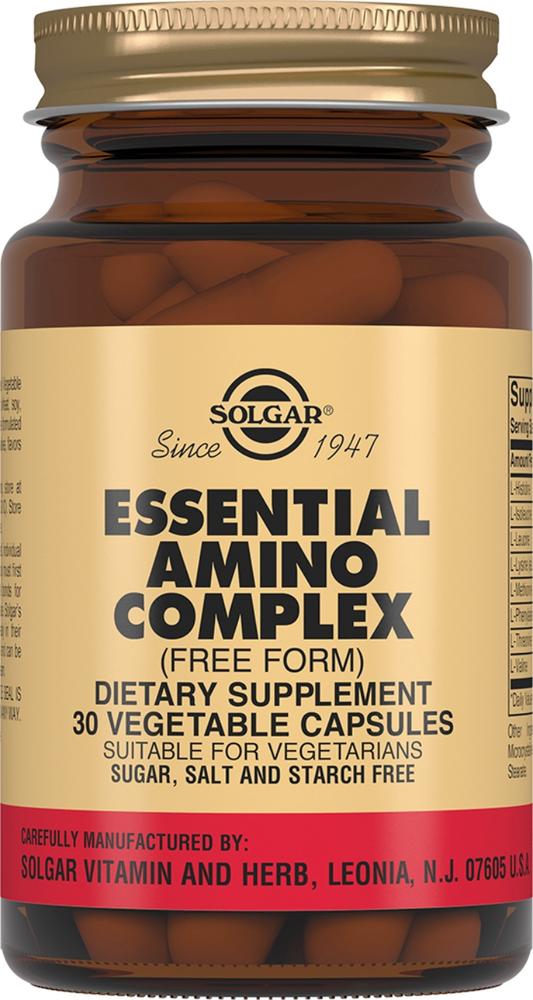
Solgar set of basic amino acid capsules. 30 pc
$27.06
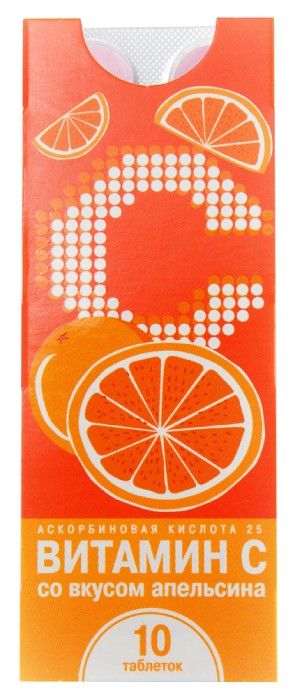
Ascorbic acid tab 10 Bad units with orange flavor WTF
$1.07
$4.09
Akvadetrim drops vn.pr. 15000me / ml 10ml vial
Description
Composition
Active substance:
1 ml of solution contains Kolekaltsiferol (vitamin D3) 15000 IU.
Excipients:
Macrogol glitserilritsinoleat, saharoza, sodium hydrogen phosphate dodecahydrate, citric acid monohydrate, aniseed flavoring, benzyl alcohol, purified water.
Description:
Colorless, clear or slightly opalescent liquid with a smell of anise.
Product form:
Drops for oral administration of 15 000 IU / ml.
10 ml or 15 ml vials in the dark glass stopper with a polyethylene dropper and a plastic screw cap with a guarantee ring “first opening”. 1 vial together with instructions for use placed in a cardboard box.
Contraindications
Hypervitaminosis D; hypercalcemia; hypercalciuria; the formation of calcium stones in the kidneys; sarcoidosis; renal failure; Hypersensitivity to vitamin D3 and other ingredients (especially benzyl alcohol).
Indications
Prevention and treatment of vitamin D deficiency; rickets and rahitopodobnyh diseases; hypocalcemic tetany; osteomalacia; metabolic osteopathies (hypoparathyroidism and pseudohypoparathyroidism). Treatment of osteoporosis, including postmenopausal (in combination therapy).
Interaction with other drugs
Antiepileptics, rifampin, colestyramine reduce reabsorption of vitamin D3.
Application together with thiazide diuretics increases the risk of symptoms of hypercalcemia.
The simultaneous use of cardiac glycosides may enhance their toxic effects (increased risk of symptoms of cardiac rhythm disorders).
Overdose
The symptoms of loss of appetite, nausea, vomiting, constipation, anxiety, thirst, polyuria, diarrhea, intestinal colic. Common symptoms are headache, muscle and joint pain, depression, mental disorders, ataxia, stupor, progressive loss of body weight. Developing renal dysfunction with albuminuria, eritrotsiturii and polyuria, increased loss of potassium gipostenuriey, nocturia and elevated blood pressure. In severe cases there may be clouding of the cornea, rarely – swelling of the papilla of the optic nerve, inflammation of the iris until the development of cataracts. Perhaps the formation of kidney stones, calcification of soft tissues, including blood vessels, heart, lungs, and skin. Rarely cholestatic jaundice develops. The treatment should be interrupted using the product. Assign drinking large amounts of fluids. If necessary, may require hospitalization.
pharmachologic effect
Pharmacological group:
Calcium-phosphorus metabolism regulator.
Pharmacological properties:
Drug regulating the exchange of calcium and phosphorus. Vitamin D3 is an active antirahiticheskim factor. The most important function of vitamin D is the regulation of calcium and phosphate metabolism, which promotes the growth and mineralization of skeleton. Vitamin D3 is a natural form of vitamin D, which is formed in a person’s skin under the action of sunlight. By comparison with vitamin D2 is characterized by 25% higher activity. Kolekaltsiferol plays an essential role in the absorption of calcium and phosphate in the gut, transport and mineral salts in the process of bone calcification, regulates calcium phosphate excretion and kidney. Concentrations of calcium ions in the blood causes the maintenance of skeletal muscle tone of muscles, myocardium function, promotes nerve excitation, regulate the clotting process. Vitamin D is necessary for normal functioning of the parathyroid glands, also participates in the functioning of the immune system, affecting the production of lymphokines. Lack of vitamin D in the diet, a violation of its intake, calcium deficiency, and insufficient exposure to sunlight in a period of rapid growth of the child leads to rickets in adults – to osteomalacia, pregnant women may experience symptoms of tetany, disturbance of bone calcification processes newborns. Increased need for vitamin D occurs in women during menopause, because they often develop osteoporosis due to hormonal disorders.
Pharmacokinetics:
Suction kolekaltsiferola The aqueous solution is absorbed better than the oil solution (which is set in the application in preterm infants, because in these patients there is insufficient formation and flow of bile into the intestine, which gives the absorption of vitamins in the form of oily solutions). After ingestion Kolekaltsiferol absorbed in the small intestine. Distribution and Metabolism metabolized in the liver and kidneys. It crosses the placental barrier. Excreted in breast milk. Kolekaltsiferol has properties cumulation. Withdrawal T1 / 2 of a few days. Excreted in the urine and feces. Pharmacokinetics in specific clinical situations In renal dysfunction T1 / 2 can be increased.
Pregnancy and breast-feeding
If pregnancy should not use Akvadetrim in high doses because of possible manifestations of teratogenicity in case of overdose.
Precautions should be prescribed Akvadetrim lactation because when using the drug in high doses in nursing mothers may develop symptoms of overdose in children.
Conditions of supply of pharmacies
Without recipe.
side effects
In applying the drug at the recommended doses, and individual sensitivity without side effect is not revealed. In predisposed patients may cause hypervitaminosis symptoms D loss of appetite, nausea, vomiting, headache, muscle and joint pain, constipation, dry mouth, polyuria depression, mental disorders, weight loss, increased blood calcium levels and urine formation kidney stones, calcification of soft tissues.
special instructions
Precautions prescribers immobilized patients. Use of the drug for medicinal purposes in children must be carried out under close medical supervision and the correct dosing regimen during periodic surveys, particularly in the first months of life. In appointing the drug must take into account all possible sources of vitamin D. Prolonged use Akvadetrima in high doses or use of the drug in shock doses can lead to chronic hypervitaminosis D3. Should not be used simultaneously Akvadetrim and calcium in high doses. Control laboratory parameters Using the drug for therapeutic purposes it is necessary to control the calcium level in the blood and urine.
Storage conditions
The drug should be stored in a dark place at a temperature of from 5 ° to 15 ° C.
Dosing and Administration
Orally.
The drug is taken in liquid spoon. 1 drop contains about 500 IU of vitamin D3.
If the doctor is not otherwise directed, the drug is used in the following dosages:
Preventive dose: – full-term infants from 4 weeks old, 2-3 years with proper care and sufficient exposure to the open air: 500 – 1000 IU (1 – 2 drops) per day; – premature babies from 4 weeks of age, twins, babies that are in bad conditions of life: 1000 – 1500 IU (2 – 3 drops) per day. In the summer, you can limit the dose to 500 IU (1 drop) per day. – pregnant women: a daily dose of 500 IU (1 drop) of vitamin D3 during the entire period of pregnancy, or receiving 1,000 IU (2 drops) per day, starting at 28 weeks of pregnancy. – postmenopausal 500 – 1000 IU (1 – 2 drops) per day.
Therapeutic doses: – in rickets daily 2000 – 5000 IU (4 – 10 drops), depending on the severity of rickets (I, II, or III) and the flow variant for 4 – 6 weeks, under carefully controlled for clinical condition and the study of biochemical indicators (calcium, phosphorous, alkaline phosphatase), blood and urine. You start with 2000 IU for 3 – 5 days. Then, with good endurance, increase the dose to an individual treatment dose (usually 3000 IU). A dose of 5000 IU is assigned only when expressed by bone changes.
As required after one week break, you can repeat the treatment.
Treatment is carried out to obtain a clear therapeutic effect, followed by transfer to a prophylactic dose is 500 – 1500 IU per day. – in the treatment of diseases rahitopodobnyh 20 000 – 30000 IU per day (40 – 60 drops), depending on the age, weight and severity of the disease under control blood biochemistry and urinalysis. The course of treatment 4 – 6 weeks. Treatment is carried out under the supervision of a physician. – in the complex treatment of postmenopausal osteoporosis: 500 – 1000 IU (1 – 2 drops) per day.
The dosage is generally assigned according to the number of vitamin D, from food.
Information
Appearance may differ from that depicted in the picture. There are contraindications. You need to read the manual or consult with a specialist
Additional information
| Weight | 0.100 kg |
|---|---|
| Manufacturer | QUINACRINE |


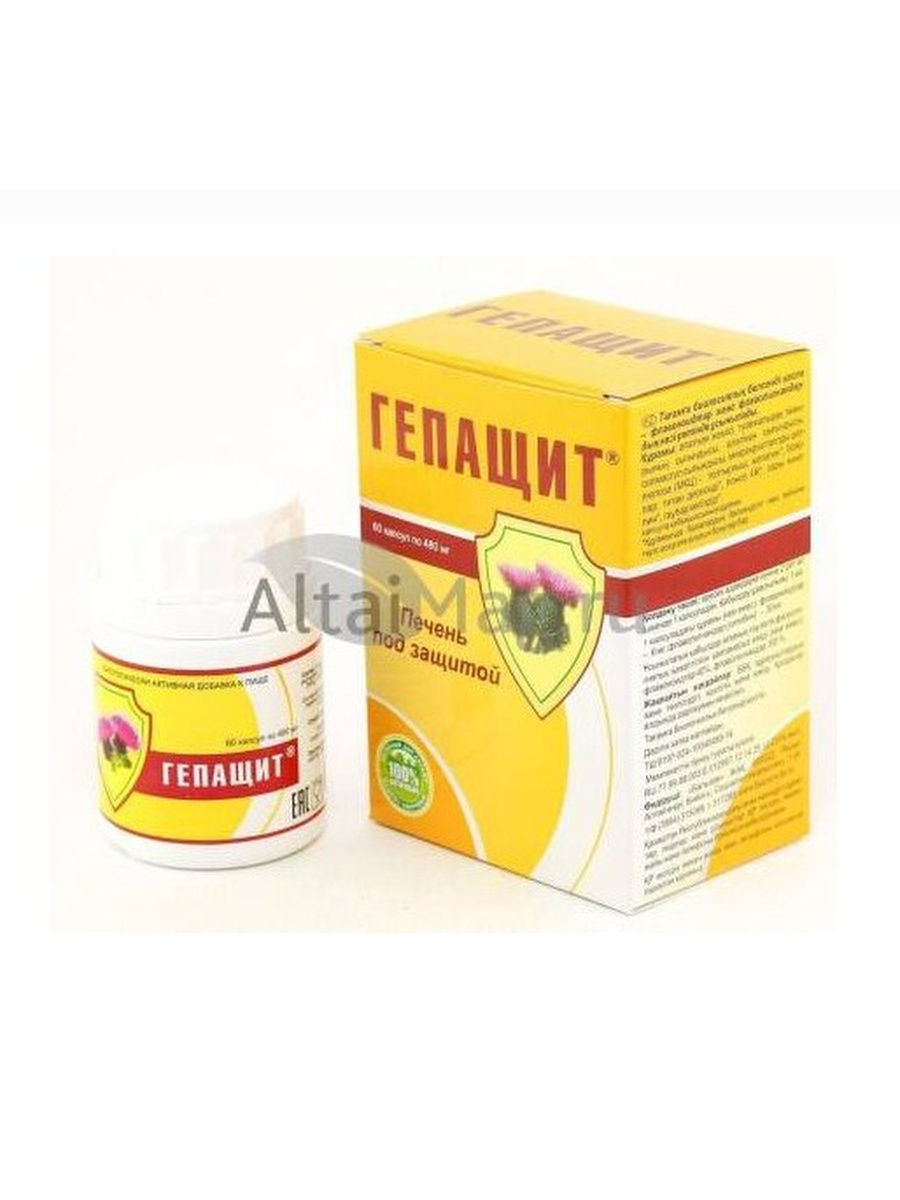
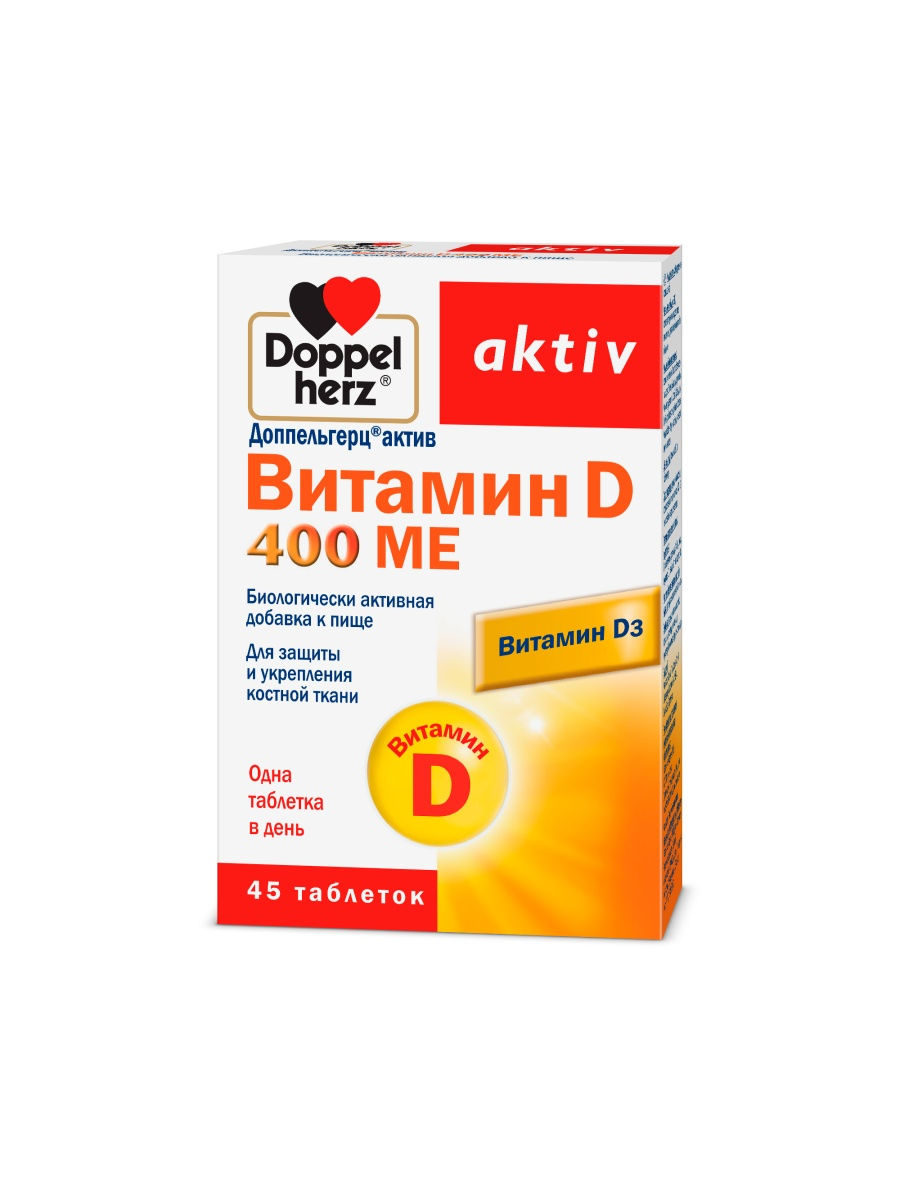
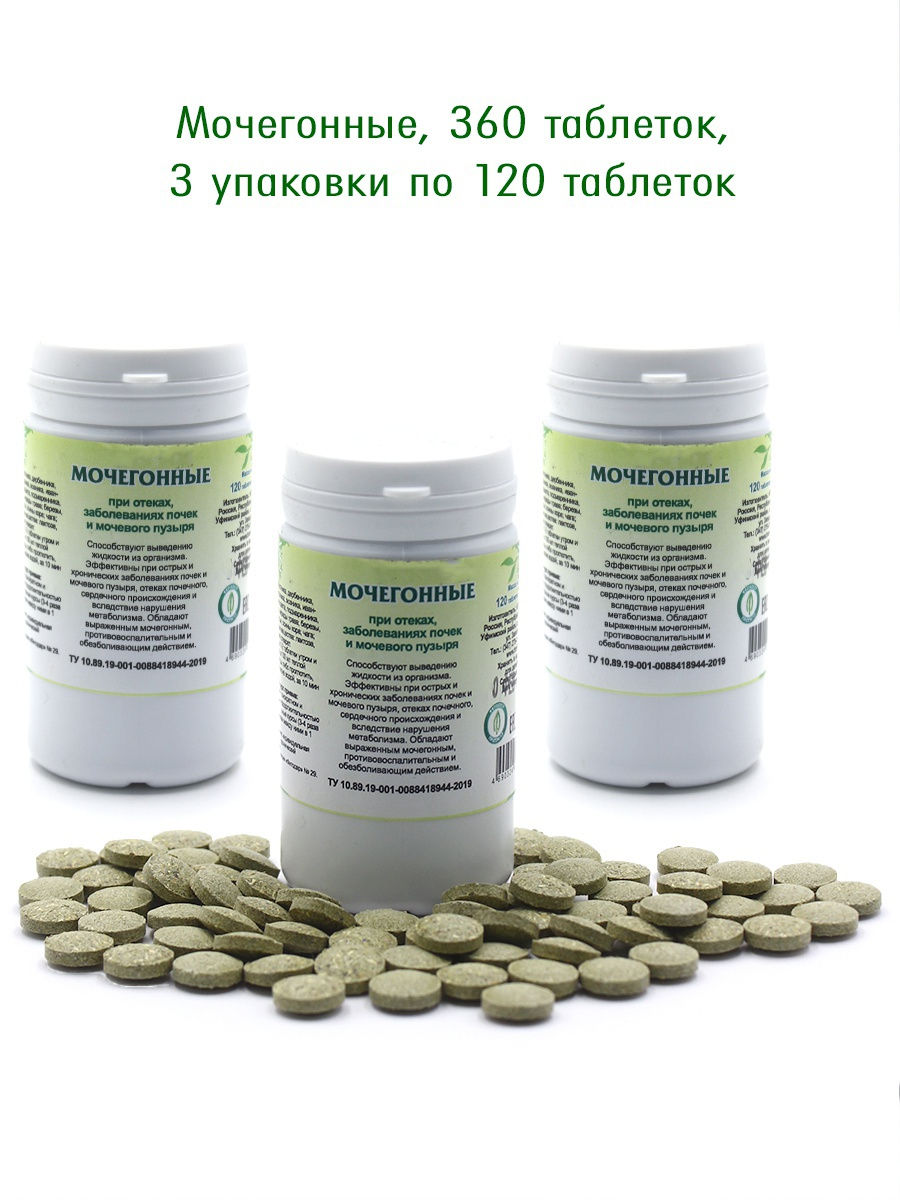
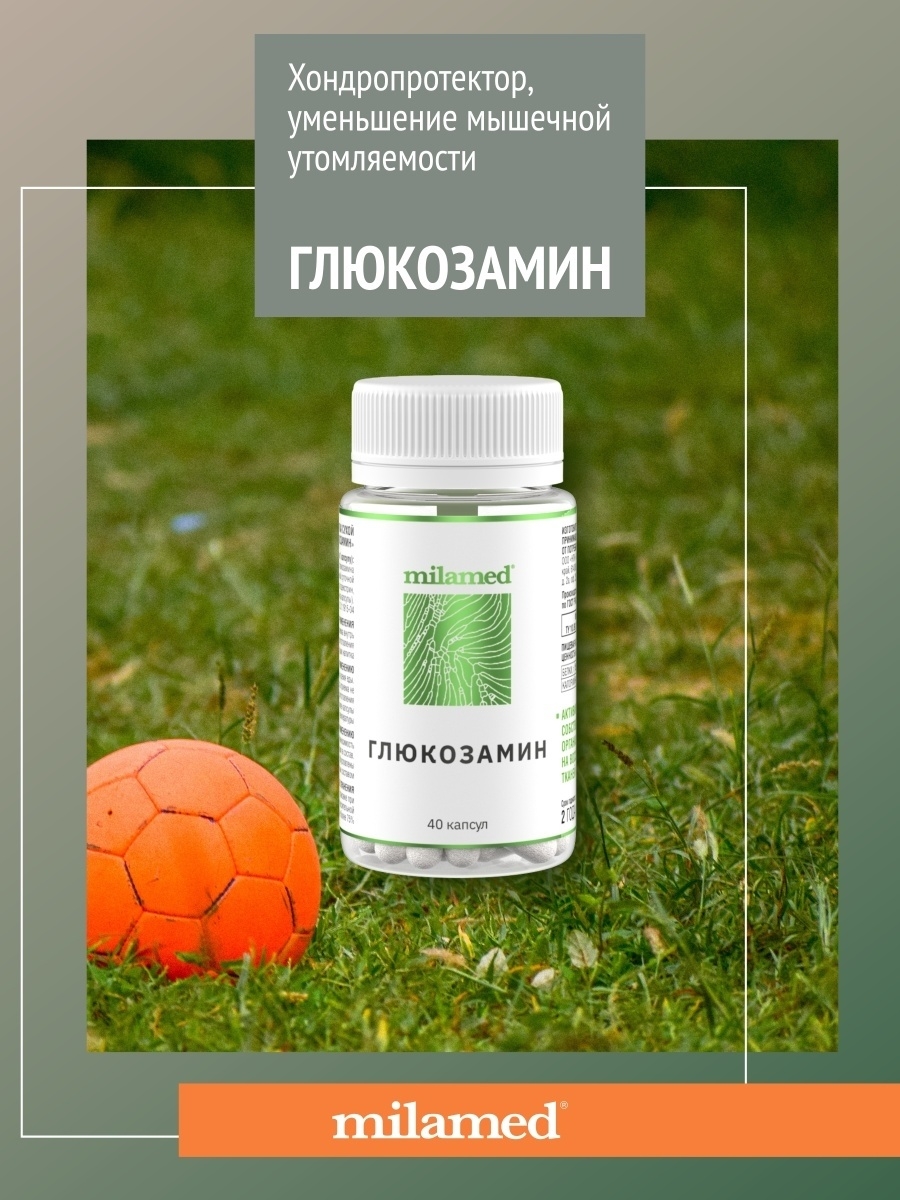

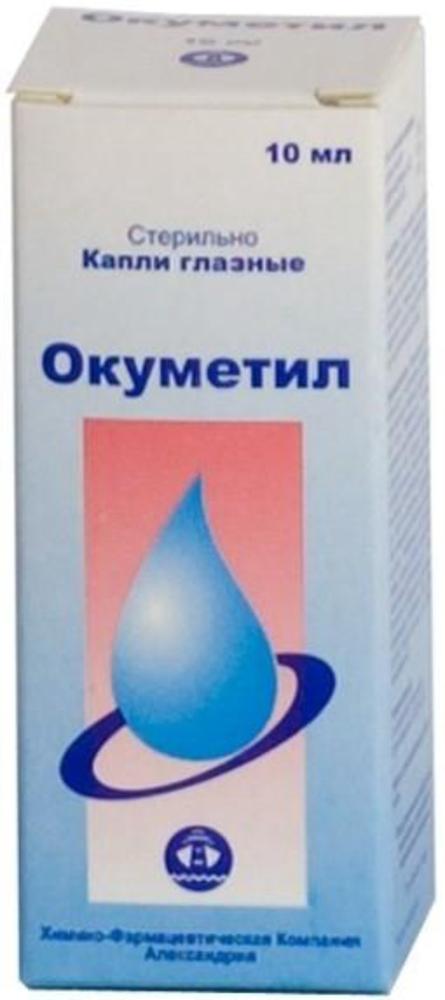




There are no reviews yet.